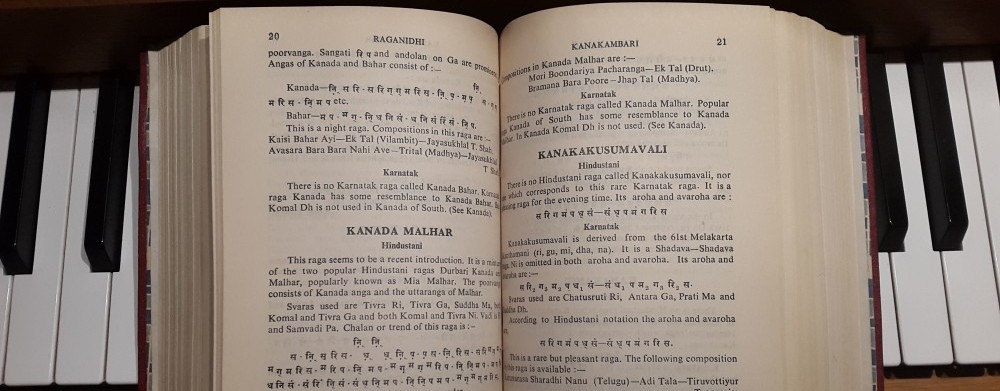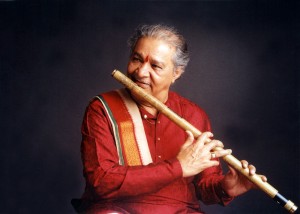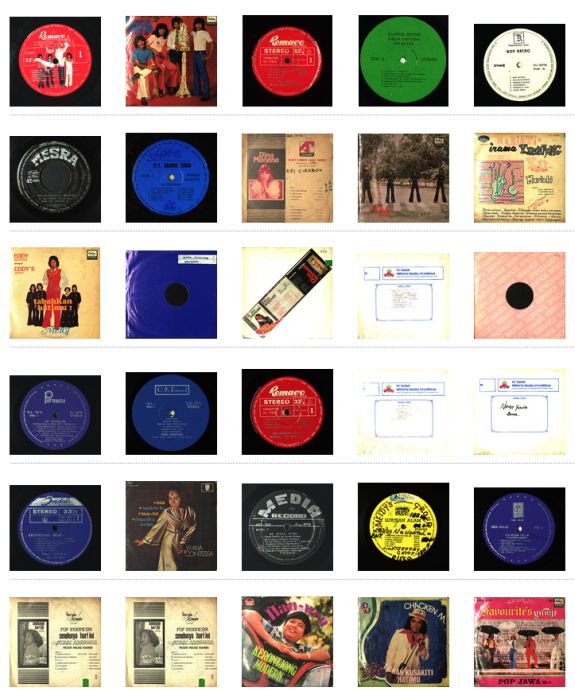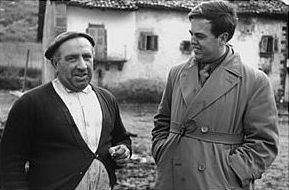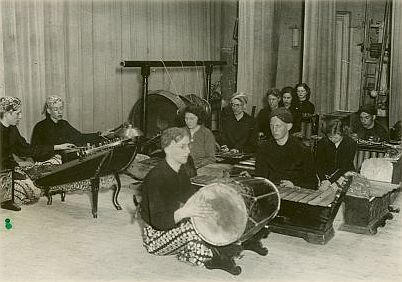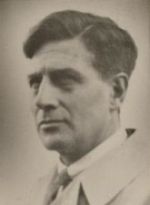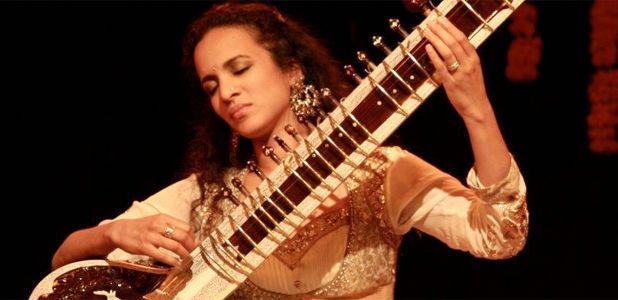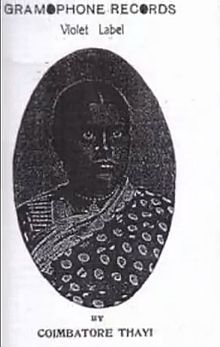I came across some very interesting documentaries concerned with various aspects of Indian classical music.
SaReGa, produced in 2010 and directed by Valerie Berteau, is a film introducing Hindustani music. Musical notes have the power to affect and enhance our feelings. The Hindi/Urdu word “rag” means color, or passion. Therefore, a raga can be defined as an accoustic method of coloring the mind of the listener with emotion. For centuries, its oral transmission has maintained the essential qualities of this remarkable tradition.
Koi Sunta Hai (Someone is Listening): Journeys with Kumar & Kabir, was produced in 2008 and directed by director Shabnam Virmani. This film interweaves the poetry of North Indian 15th century mystic poet Kabir with the life and music of the late Indian classical singer Kumar Gandharva.
Man of Collection, produced in 2008 and directed by Mohani Bhoj, tries to document the journey of a man who has spent 35 years of his life putting together the golden age of Hindi cinema that has nearly got erased from our collective memories. The journey of musical greats like Anil Biswas, Khemchandra Prakash, Naushad and musical renditions of classical ragas like daadra, dhrupad, thumari, ghazals, bhajans by great singers and compositions of various musicians is the wealth of this one man Pritam T. Manghani. From the first record to be made in India (singer Gauhar Jahan’s) to the last lp of hindi films (Veer-Zaara), from classical music to folk songs in any language, to advertisements in old records, to speeches of political figures like Mahatma Gandhi, Netaji Subhash Chandra Bose to recitations of great poets like gurudev rabindranath Tagore, india’s nightangle Sarojini Naidu, the revolutionary poet kavi kazi nazrul islam etc. Other than collecting gems from the world of sound, Pritamji is a proud owner of old film magazines, pamphlets & posters. But what he likes most from his treasure is the Edison collection. Looking at Edison’s laboratory record he says ” Without Edison we wouldn’t have experienced the world of sound”.
Sound Yoga/Nada Yoga: The Healing Power of Sacred Sound was produced in 2004 and directed by Jay Weidner. Teacher, vocalist and sound healer Shanti Shivani introduces the mystic practice of Nada Yoga. Nada Yoga is the core of Dhrupad, the most ancient style of Hindustani classical music.
